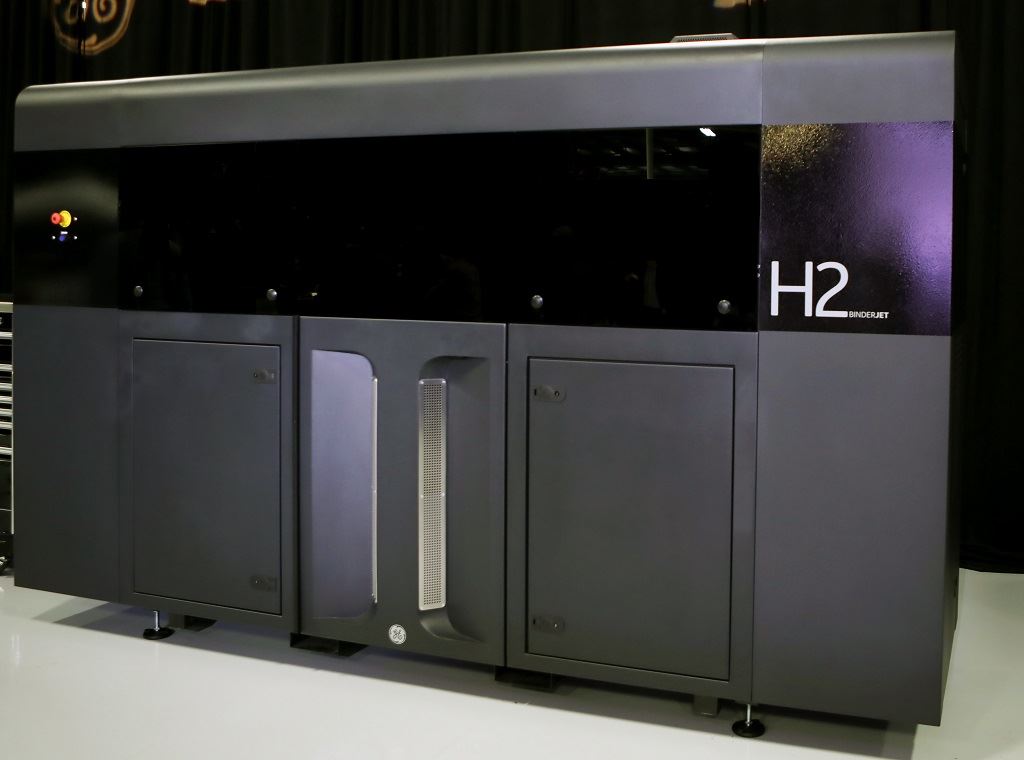![The beta binder jet machine [Image: GE Additive]](https://fabbaloo.com/wp-content/uploads/2020/05/GEAdditiveBinderJetBETAmachine-April2019_img_5eb09919613c4.jpg)
GE Additive has found an early home for its new binder jetting 3D printer.
Strategic partner Cummins is upping its metal 3D printing capabilities with the new addition from GE Additive. Binder jetting was introduced in late 2017 as a new process for GE Additive, enhancing the company’s portfolio outside of the metal systems it gained through its milestone acquisitions the previous year.
While the binder jet systems have commercial availability targeted in early 2021, early partners are helping in the development process. Binder jetting is planned initially for pilot lines and “then into a complete, industrialized factory solution,” notes the announcement. The image GE Additive sent over also provides a nice point of interest: the beta system is now called the H2.
Due to the nature of the agreement, “Cummins’ binder jet machines are located at GE Additive’s lab in Cincinnati, Ohio.” There are a few things to note in that: first, systems, plural: Cummins is working with at least two machines. Next, the work is indeed quite close, as Cummins personnel will be co-located at GE’s lab. Later this year, following the teamwork in tech development, the systems will be moved to Cummins’ own facility.
Cummins’ ongoing investments into metal additive manufacturing is strategic. The announcement further notes:
“The company is initially focusing on printing low-volume parts as it studies how best to use 3D technology in higher volume manufacturing.”
So it seems that manufacturing is indeed in sight as metal technologies continue to progress.
Cummins is familiar with metal 3D printing, with four systems already installed: three, including one Concept Laser M2 machine, at its Research and Development Center in San Luis Potosi, Mexico as well as another M2 at its Technical Center in Columbus, Indiana. (A quick search through their website didn’t yield any detail about what the non-M2 systems are.)
The beta testing and partner program for GE Additive’s binder jet offerings launched early this year. Binder Jet Product Line Leader Jake Brunsberg noted that the team “deliberately sought out partners and key customers, like Cummins, who are committed to mass production.”
Cummins seems eager to confirm that, indeed, they are so committed. The increasing investment into metal additive manufacturing is supported as well by an announcement last month of two big first for the company: their first metal 3D printed part sale and their first hiring of a full-time engineer dedicated to metal additive manufacturing.
Via Cummins and GE Additive











Aerosint and Aconity have proven out their work in multi-metal powder deposition 3D printing.